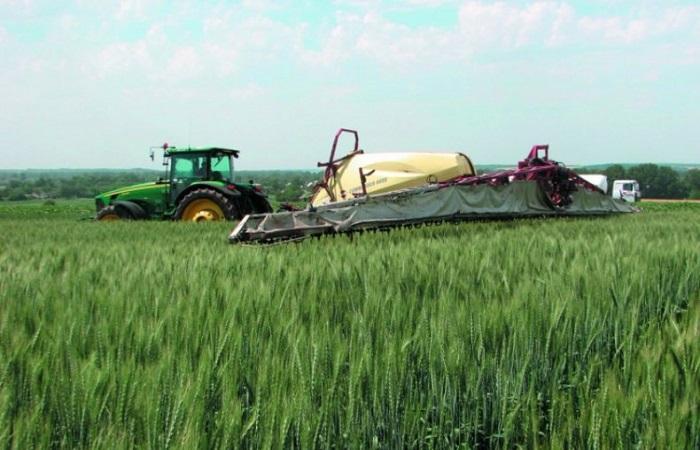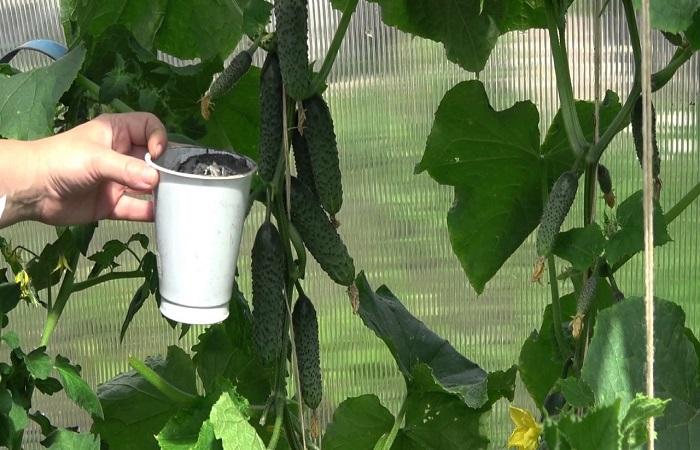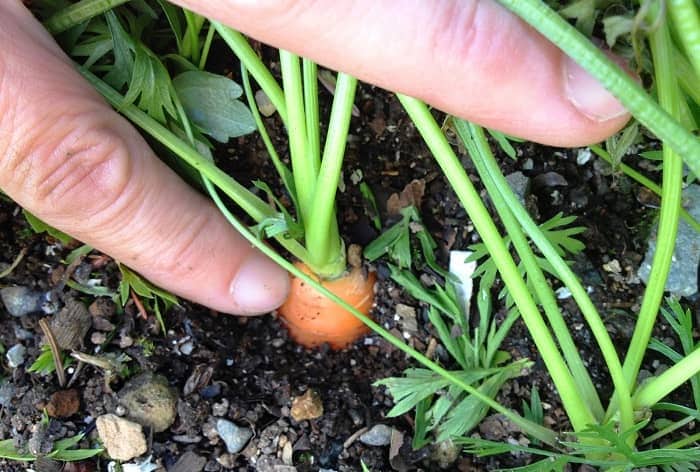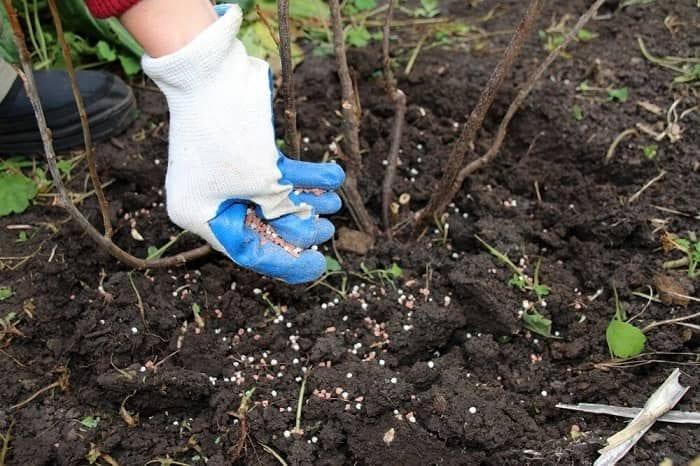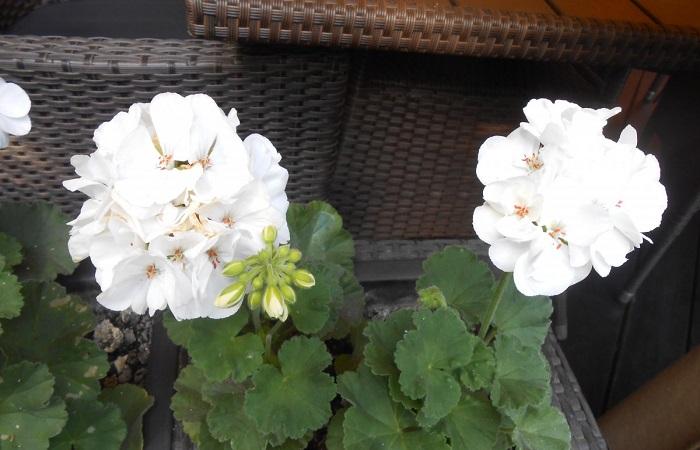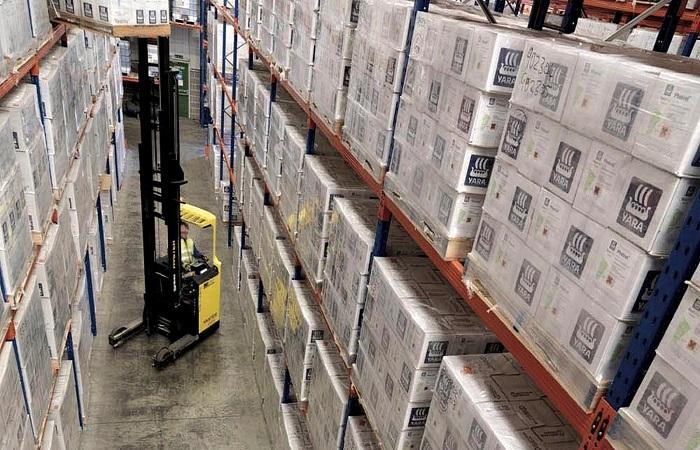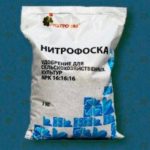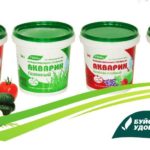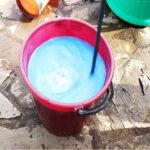Complex fertilizers with microelements are widely used for feeding plants, as well as for treating seeds before planting. Let's consider the effect of one of these fertilizers - "Siliplant", composition and form of release, scope of application, advantages and disadvantages. How to use for seedlings, grains, vegetables, berry bushes and trees, grapes, flowers, lawns. How to store and what can be replaced.
- Composition and release form of the drug "Siliplant"
- Operating principle and scope of use
- Advantages and disadvantages
- Instructions for use
- For seedlings
- For grain crops
- For sugar beets
- For sunflower
- For potatoes
- For cucumbers
- For tomatoes
- For cabbage
- For carrots
- For strawberries and wild strawberries
- For currants, raspberries and grapes
- For fruit trees
- For lawns
- For flower crops
- Security measures
- Storage rules
- How can you replace fertilizer?
Composition and release form of the drug "Siliplant"
The peculiarity of this fertilizer is its significant silicon content (7%), there are also elements in chelates (in grams per liter) - iron - 0.30, magnesium - 0.10, copper - 0.70, molybdenum - 0.06, zinc - 0.08, manganese - 0.30, boron (B) - 0.090, cobalt - 0.015. There is little potassium - only 1%.
“Siliplant Universal” is produced by ANO “NEST M”. This is a liquid fertilizer, packaged in 100 ml and 1 liter packages; upon request you can buy 5, 10 and 20 liter packages.
Operating principle and scope of use
“Siliplant” is used to treat seedlings and seeds before planting; it can also be used to feed vegetative plants. The fertilizer replenishes the silicon element in the soil, accelerates the development of green parts and roots, and photosynthetic processes.
In addition, the drug “Siliplant” has another effect: it strengthens cell walls, increases resistance to various pests, pathogens and fungi, and helps to recover from various stresses (from soil salinity or temperature changes). It can also enhance the effect of agricultural products, because it adheres firmly to the surface of the foliage, and the solution quickly enters the plants.
The Siliplant fertilizer activates the growth of roots and leaves, forms a film, which makes it difficult for spores to germinate and for pests to feed. Improves the supply of phosphorus and potassium compounds from the soil, thereby reducing the application of appropriate fertilizers. Fruits from plants fertilized with Siliplant are better stored, their sugar content increases, and their taste improves.The drug also stimulates the process of humus formation and increases the number of soil bacteria.
Advantages and disadvantages
The advantages of Siliplant are as follows:
- increases the utilization rate of various fertilizers;
- eliminates the toxic effects of heavy metals;
- can be used to process all crops;
- regulates silicon content in the soil;
- can be used to prepare fruit and conifers for winter;
- low consumption rates.
Disadvantages of "Siliplant": does not contain essential nutrients.
Instructions for use
For different purposes, the concentration and consumption of the Siliplant solution will be different. Information is provided in the instructions for use.
For seedlings
The seedlings are sprayed when they form their first pair of leaves. The solution is prepared in a concentration of 3-6 ml per 10 liters of water. You can combine spraying with pest repellents; the overall solution will adhere better to the surface and be more effective.
For grain crops
In this case, “Siliplant” is used to treat the seeds with a solution at a consumption of 60 ml per ton. Treatment improves germination, increases plant bushiness, grain weight, yield, reduces the incidence of diseases, and makes plants resistant to lodging. If you use fertilizer together with pesticides, their negative effects are reduced and their effectiveness is increased.
For sugar beets
On this crop, Siliplant is used together with herbicides to eliminate their toxic effects and increase the rate of weed death.In this case, herbicide consumption can be reduced by 20-30%. Application rate:
- at the cotyledon stage - 1 pair of leaves 0.3-0.4 l/ha;
- 0.6-0.8 l/ha – 2-3 pairs (optimal option);
- 0.6-1.0 l/ha – when the leaves in the row close together.
The drug "Siliplant" increases productivity and sugar content (sugar production from 1 hectare increases by 20-30%).
For sunflower
"Siliplant" is used with herbicides when the plants have 3-5 leaves, the 2nd time - at budding, the beginning of flowering. Norm: 0.9-1.2 l/ha. The consumption of agricultural inputs is reduced by 20-40%, the susceptibility of inflorescences to rot is reduced, the yield increases, and the percentage of fat in the seeds for oil increases.
For potatoes
First, the tubers are treated to reduce the likelihood of infection. Consumption – 30 ml per ton, solution volume – 10 l. For seedlings, “Siliplant” is combined with herbicides with an application rate of 0.8-1 l/ha. As a result, the consumption of pesticides is reduced by 20-50%, and yields increase by 14% (when used with Aktara). If you use only “Siliplant” 3 times on tubers, shoots and at the bud stage, the yield increases by 28%. Seed tubers are treated with a 0.3% solution to extend storage.
For cucumbers
Treat the seedlings with Siliplant fertilizer to activate leaf growth (0.05% solution). Then - during budding, with a concentration of 0.1-0.2% to increase productivity and reduce the incidence, in particular, of powdery mildew.
A feeding solution of 0.1-0.2 l/ha and 0.8-1 l/ha stimulates the growth of side shoots and the number of ovaries. The yield rises by 8-15%, the quality of the fruit improves.
For tomatoes
Apply the Siliplant fertilizer to tomatoes at the initial growth stage, when buds appear on the first cluster, and then to prevent diseases and increase productivity, with a break of 2-3 weeks. For open beds, the interval is 1.5-2 weeks. Application rate – 0.8-1.2 l/ha.
For cabbage
The 1st time is treated with Siliplant on seedlings to stimulate growth (0.2-0.3 l/ha). 2nd time - during tying heads of cabbage, in order to increase productivity and improve the quality of heads of cabbage (0.9-1.2 l/ha).
For carrots
Young plants are sprayed with a liquid of 5 ml per 10 liters at the budding stage to stimulate growth, increase sugar accumulation and overall yield.
For strawberries and wild strawberries
Three treatments are carried out: at the beginning of bush growth, at the budding stage and when the berries are collected. Application rate: 0.9-1.2 l/ha. Fertilizer reduces infestation, preserves ovaries, and increases yield.
For currants, raspberries and grapes
The bushes are sprayed during budding to preserve the ovaries, repeated at intervals of 2 weeks (0.9-1.2 l/ha). “Siliplant” can be combined with foliar fertilizers.
For fruit trees
Apply the Siliplant fertilizer with silicon and microelements during budding and during fruit growth. The microfertilizer rate for stone fruits is 2.5-3.0 l/ha, for pome fruits – 2-3.6 l/ha.“Siliplant” helps trees resist diseases, survive wintering, and increases productivity by 10-20%.
For lawns
Lawns that consist mainly of cereal grasses (including sports grasses) are fed with Siliplant from the beginning of the growing season until the end of the season, with a break of 3-4 weeks. Can be combined with fertilizers and protective agricultural products. The norm is 0.6-0.9 l/ha.
For flower crops
1-year-old flowers are fed upon emergence or when planted in the soil, then 3 more times, with a break of 3 weeks. The norm is 0.15-0.45 l/g. Perennial flowers are fertilized at the beginning of the growing season, and then 2-3 times per season, according to the same scheme and with the same consumption.
Security measures
"Siliplant" has a hazard class of 4. It contains alkali, so you need to work with it wearing gloves, glasses, and a respirator to protect your skin and mucous membranes. If the solution gets on your skin or eyes, be sure to wash it off with water. If there are symptoms of poisoning, take medicinal charcoal and rinse.
Spilled liquid can be collected with sand, peat, sawdust and composted.
Storage rules
"Siliplant" is stored for 3 years in its original packaging. Conditions: temperature – 5-35 C, dark, dry room, with good ventilation. Store fertilizer separately from feed, medicines, household products, and products.
How can you replace fertilizer?
The fertilizer can be replaced with the preparations “NV-101”, “Tsitovit”, “Reacom SR Zerno”, “Micro-Mineralis”, “Yara Mila Complex", "Razormin", "Gumate Ultra", "Oracle Multicomplex", "Reacom-chelate". These are microfertilizers containing a set of mineral elements in chelates. They can also be used for all crops, in agriculture in the fields and on private plots, for feeding garden and garden plants.
“Siliplant” is an effective preparation that contains several microelements, including silicon, which are necessary for the nutrition and vital functions of plants. In addition to nutrition, it increases the resistance of crops to diseases, negative environmental factors, and pests. Improves the quality of fruits, root crops, berries, grains, significantly increases productivity, helps fruits preserve during winter storage, reduces losses from rot and other infections during storage. When used together with other fertilizers and plant protection products, it allows to reduce their consumption, and therefore reduce the cost of their purchase, which leads to a reduction in production costs.



